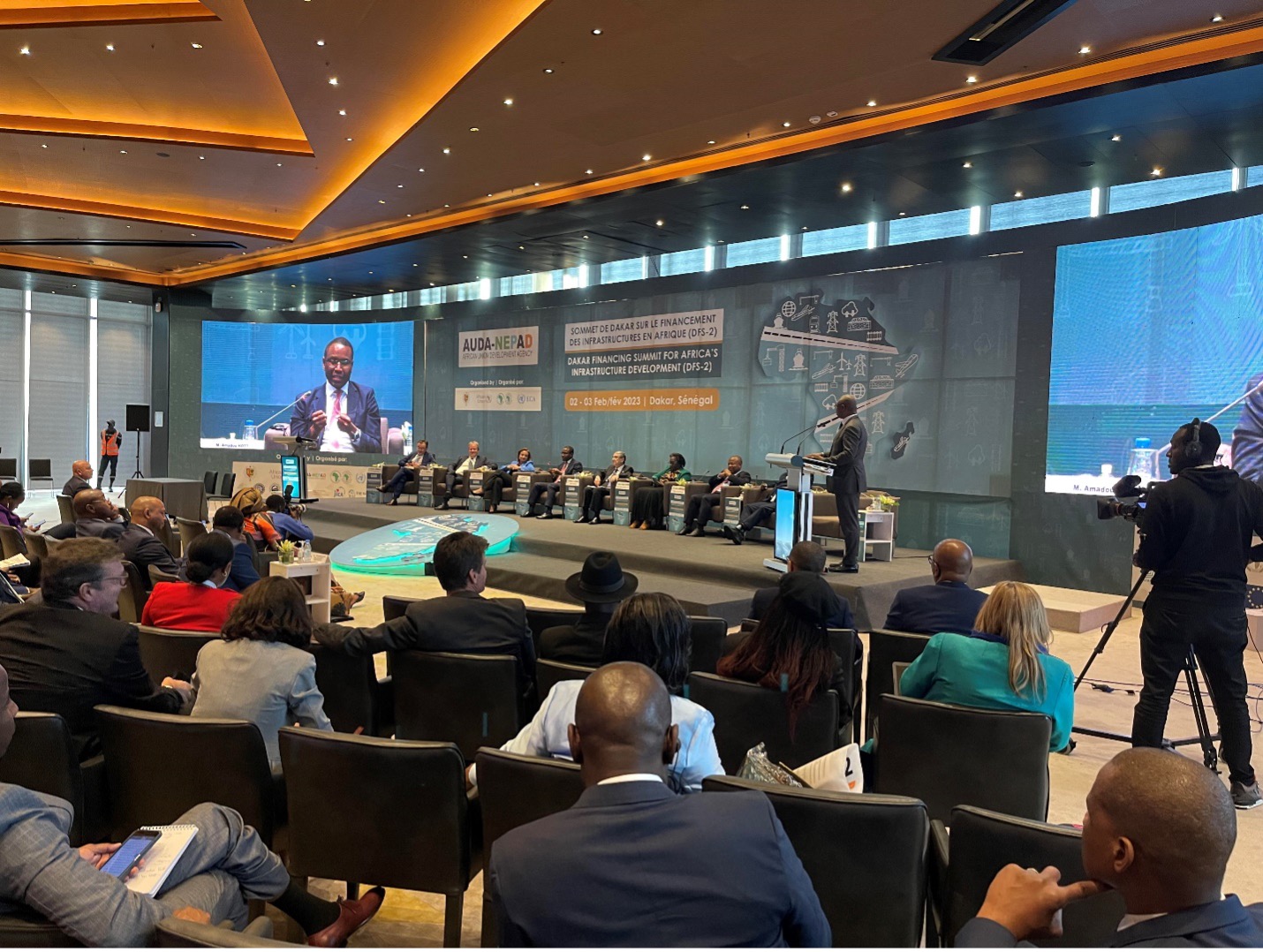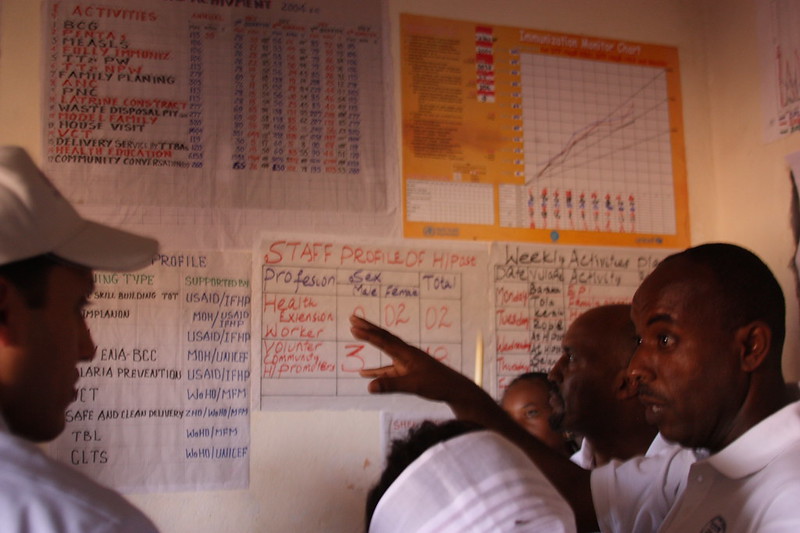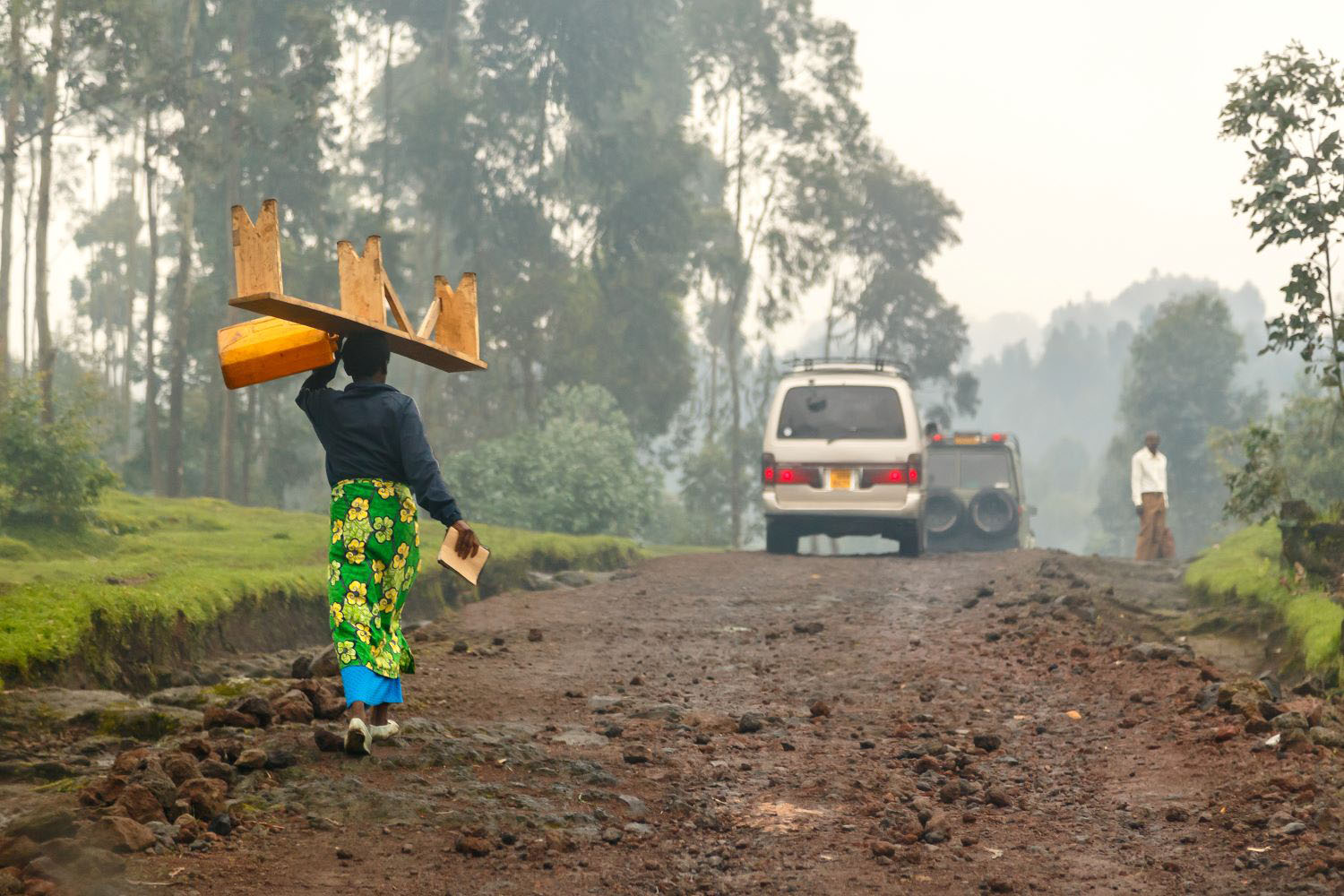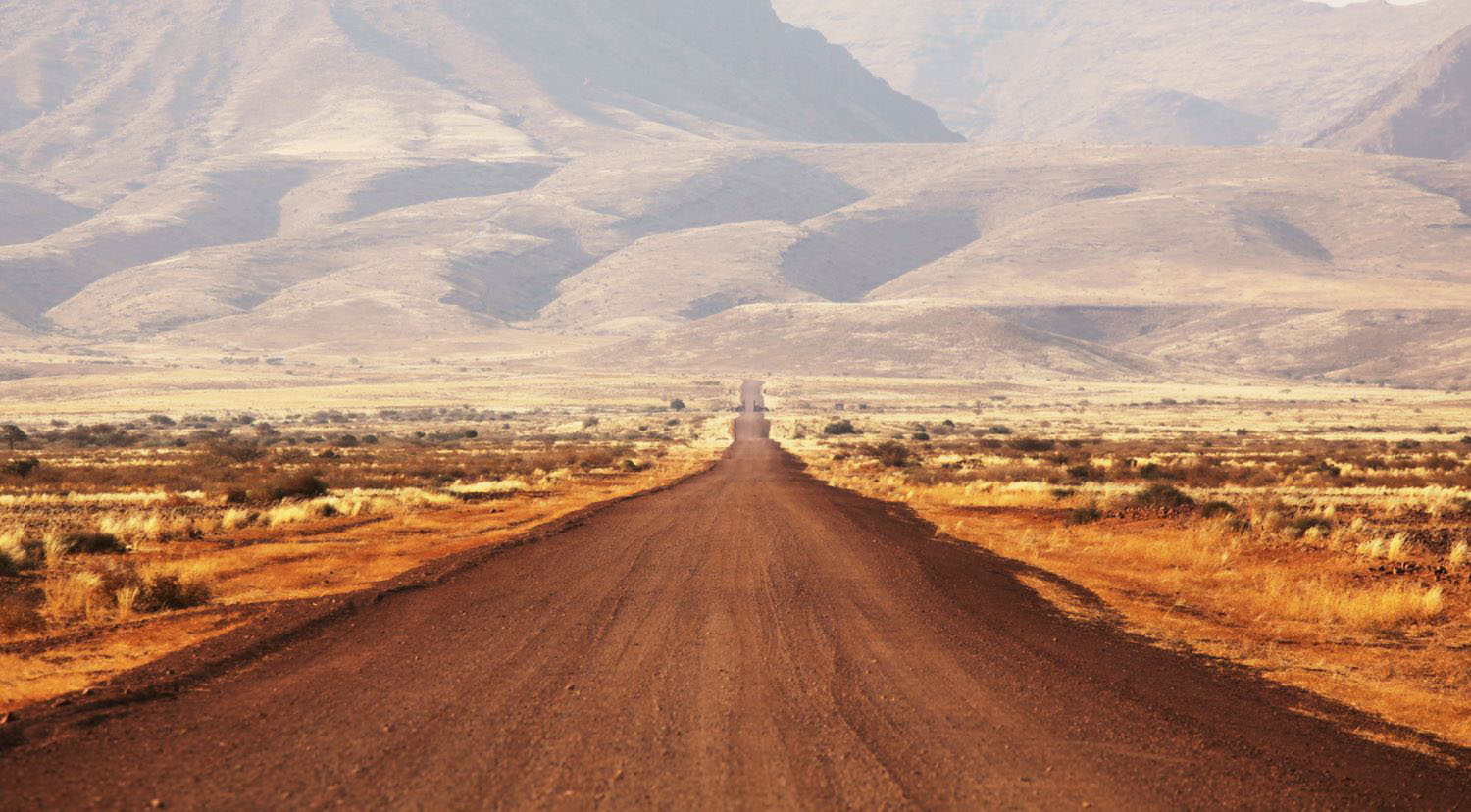Between February 1st and 3rd, African leaders, policymakers, and partners gathered in Senegal for the Second Dakar Summit for Infrastructure Financing (DFS-2). In 2012, African leaders adopted a master plan for infrastructure development, the Program for Infrastructure Development in Africa (PIDA). Two years later, Senegal hosted DFS-1 in 2014 to speed up mobilization for PIDA. In the years since, PIDA has grown to encompass a second action plan and a portfolio of 69 projects that span energy, information and communication technologies (ICT), transport, and water with a total projected cost of $160 billion. This year’s summit, DFS-2, was meant to bring governments, the private sector, and development partners to one place to drive support for these projects—critical coordination, considering that the path to addressing the continent’s deep poverty is dependent on the expansion of its infrastructure capacity.

It is sometimes useful to focus on unique aspects of the problem that the Dakar Financing Summit aimed to solve: Africa’s massive infrastructure gap and its consequences. The International Energy Agency now estimates that Asia is set to use 50 percent of global electricity by 2025. China, with its 1.4 billion people, will account for a majority of that. Although Africa has a comparable population to China, its 54 countries will use just 3 percent of global electricity. That percentage of global energy use tracks the continent’s share of global trade, which also sits at a dismal 3 percent. That disparity is as eloquent and concise a treatise on Africa’s poverty as there can be. In 2022, UNCTAD reported that 45 out of 54 African economies still depend on commodities for over 60 percent of their revenue. Unprocessed and partially processed agricultural goods such as forest and mineral exports still constitute over 75 percent of Africa’s exports, while processed goods makes up about over 60 percent of the continent’s imports. By 2030, the continent is set to host 84 percent of the world’s extreme poor. Without access to cheap and reliable electricity as well as expansive road systems, Africa’s terms of trade will not improve and its poverty will remain entrenched.
My takeaways from the Second Dakar Summit for Infrastructure Financing:
-
For Africa by Africa: First, it was great to be back on the continent, having been away since 2019. It was even better to be there for an African financing summit, about an African problem, hosted by Africans themselves. DFS is an African initiative that comes out of PIDA, an African long-term plan, that is driven by an African agency, AUDA-NEPAD (African Union Development Agency), and which seeks to mobilize African resources. In a time dominated by “Africa-plus-one” summits, it is heartening to see the continent take charge of its priorities and invite partners on its own terms.
-
A focus on integration: PIDA’s action plan concentrates on crowding in multi-sectoral infrastructure for maximum output on jobs created, economic opportunities, and driving economic integration across the continent. In practice this would mean developing a port, a highway, and an energy grid which benefits one or more countries at the same time. The emphasis will be on developing projects that contribute to and drive regional integration.
-
Reducing the time from “PowerPoint to power plant”: Amadou Hott, Special Envoy for the Alliance for Green Infrastructure at the African Development Bank, used that memorable turn of phrase in noting the difficulty in bringing African infrastructure online. The path from concept to service is fraught with bottlenecks that lengthen project timelines—at great cost to people and economies. PIDA is intended to alleviate this difficulty by assisting with project identification and preparation. It was thus encouraging to see Afreximbank and AUDA-NEPAD sign a Joint Project Preparation Facility Framework Agreement which would streamline project preparation.
-
Developing and preserving capabilities within Africa: The African market is dominated by non-African firms, mainly Chinese and European. The president of the Afreximbank highlighted the need to upskill African firms and provide them support that would enable them to compete for, win and competently implement complex infrastructure projects on the continent.
-
Heavy on speeches and light on resources: For a portfolio of $160 billion in projects, there just was not enough money on offer at DFS-2. While the remarks adequately captured the infrastructural needs across the continent, there was not much in terms of commitment toward financing those projects. With many African sovereigns facing a financing winter, governments have to invest in the kind of governance that encourages domestic savings. Going forward, AUDA-NEPAD must endeavor to incorporate a more prominent role for African sovereign wealth and pension funds in financing infrastructure.
-
Weak on infrastructure governance: The event was also light on the need to improve the quality of the government agencies and parastatals responsible for planning, designing, implementing, and managing infrastructure in Africa. The scale of waste and loss in incompetently planned, abandoned, and stalled projects remains a travesty. The incredibly impressive work of AUDA-NEPAD notwithstanding, all of these projects still fall to national entities for implementation. Infrastructure is not only about financing, it is also about governance.
Disclaimer
CGD blog posts reflect the views of the authors, drawing on prior research and experience in their areas of expertise. CGD is a nonpartisan, independent organization and does not take institutional positions.





